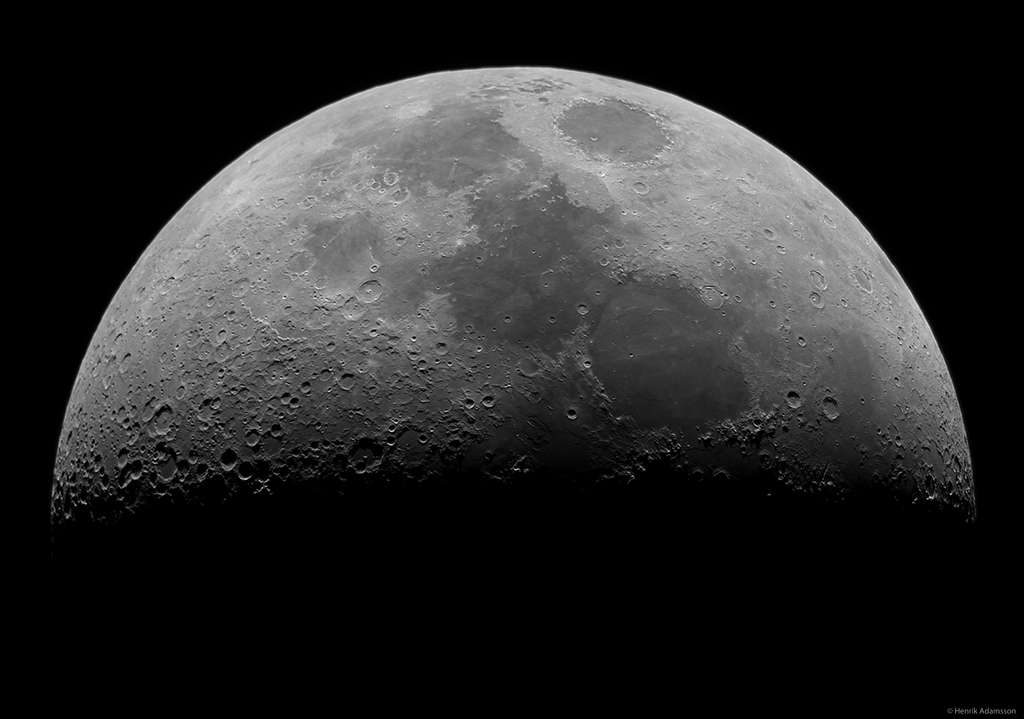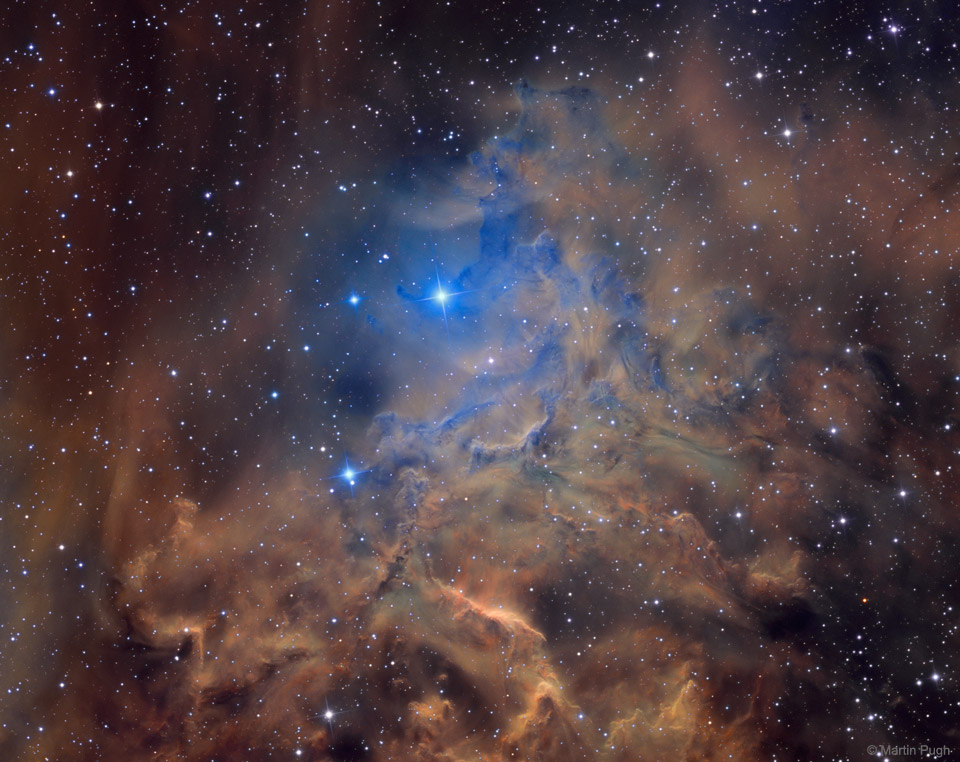NASA has awarded a contract to Alutiiq-Fusion Joint Venture of Chesapeake, Virginia, for administrative, media and professional services at the agency’s Langley Research Center in Hampton, Virginia.
from NASA http://ift.tt/2FeppCJ
via IFTTT![]()
NASA has awarded a contract to Alutiiq-Fusion Joint Venture of Chesapeake, Virginia, for administrative, media and professional services at the agency’s Langley Research Center in Hampton, Virginia.
from NASA http://ift.tt/2FeppCJ
via IFTTT![]()
Two astronauts living and working aboard the International Space Station will talk live with students in Arizona and California on Friday, March 2. The separate Earth-to-space calls will air live on NASA Television and the agency’s website.
from NASA http://ift.tt/2oClSEP
via IFTTT![]()

Three members of the Expedition 54 crew aboard the International Space Station (ISS), including NASA astronauts Mark Vande Hei and Joe Acaba, returned to Earth on Tuesday after months of performing research and spacewalks in low-Earth orbit.
from NASA http://ift.tt/2t1bzib
via IFTTT![]()

